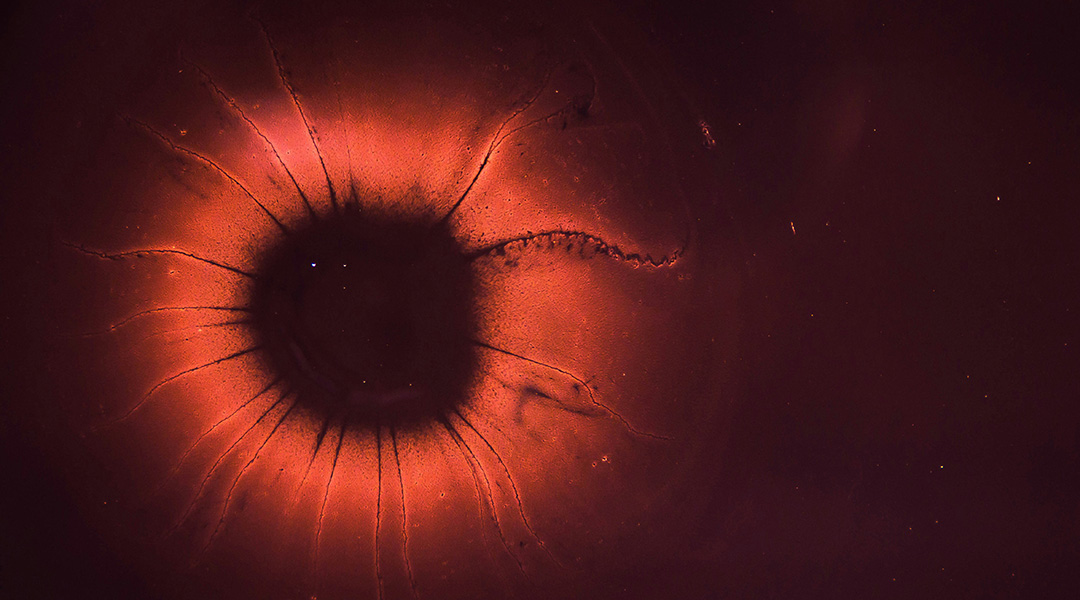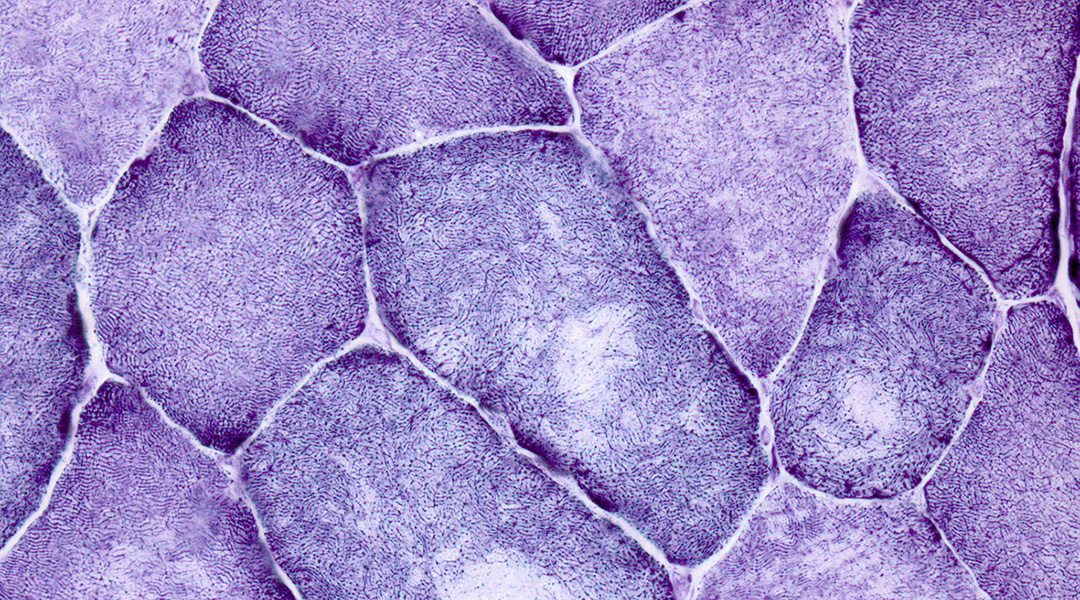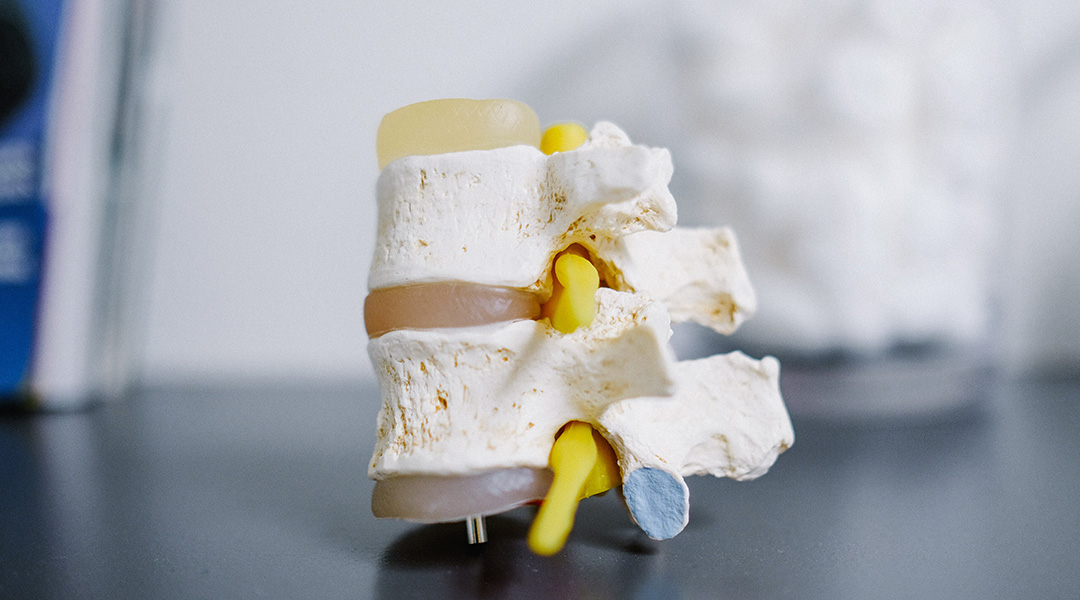New study reveals how repeated cold-water exposure enhances the cellular defenses, promoting adaptation to extreme temperatures.


New study reveals how repeated cold-water exposure enhances the cellular defenses, promoting adaptation to extreme temperatures.

Cells that can no longer divide may play a role in the chronic inflammation that weakens the immune system and contributes to aging.

Data gathered from hundreds of thousands of individuals finds strong link between sedentary behavior and becoming frail, simple changes can help.

Understanding how muscular atrophy occurs on the cellular level could help researchers identify new drugs to treat the condition.

The active structure of an oral macrocyclic drug has eluded scientists for years despite its widespread clinical use—that is, until now.

Plant cells outperform yeast or bacteria in producing spider silk proteins, enhancing production efficiency.

An active compound extracted from Angelica Acutiloba effectively eliminates harmful senescent cells in the dermis, with anti-aging benefits.

Scientists unravel how an inconspicuous peptide found in the spine may reverse disc degeneration to one day help treat chronic low-back pain.

Scientists find unique amino acid patterns linked to aging, offering insights that may help extend our healthspan.

Research uncovers how tumor cells’ stem cell-like qualities and their ability to evade the immune system helps some cancers spread during metastasis.